Everything you need to know before you order a custom vinyl graphic
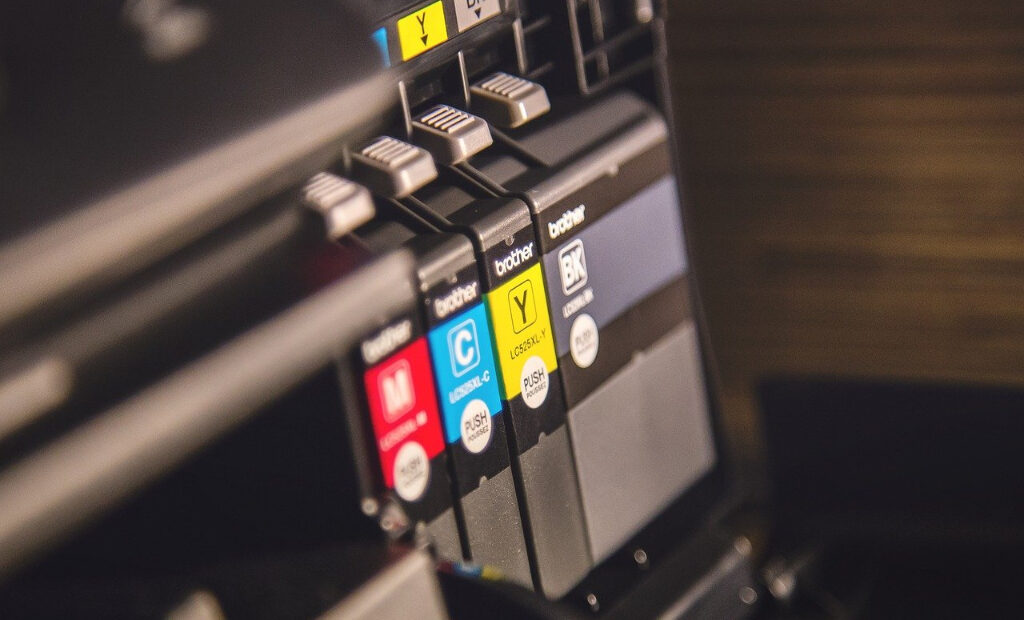
Those looking for a new vinyl graphic for business or personal use will likely find that there are more options than first anticipated. Each type has its advantages and disadvantages, so here is summarised the main types of vinyl graphics to help pick the best one for specific needs. There are also answers to some of the most commonly asked questions about vinyl graphics to help give all the information needed.
Cut vinyl
Cut vinyl is one of the simplest to work with as it’s made from a material that’s one colour which is then cut into the correct shape. The material is very thin and has an adhesive side to be applied to most flat and smooth surfaces, making it ideal for simple designs or letters. Pick a colour and a printing company will use their vinyl cutter to make the design needed. Cut vinyl is an incredibly cost-effective solution as only one colour is used and there’s no need to print a custom design. Even though cut vinyl comes in a single colour, there are many options to choose from, including vibrant opaques, translucent shades and even patterns.
Printed vinyl
For those who need a design where a standard colour won’t do, then printed vinyl is the best choice. For companies that need a specific CMYK for a brand logo or typeface, provide the exact reference for the colour and get the precise tone needed. It’s also possible to print patterns or photos, so it’s not limited to a single block of colour. Printing equipment is now sophisticated enough to print large pictures with intricate shading without a problem. Using printed vinyl is ideal for large adverts with photography and for window displays that emulate stained glass. They also come with a matte, satin or gloss finish depending on the final look desired.
Contour cut vinyl
For the most intricate designs, printed and contour cut vinyl may be the best option. It uses sophisticated technology to cut around any design required regardless of the shape. For those who have a very detailed logo, printers can create a custom vinyl graphic that perfectly matches the design. With a design with multiple layers and is colour-specific, this will most likely be the best choice.
Frequently asked questions
What’s vinyl?
For those who’ve not worked with it before, vinyl is a thin plastic sheet with an adhesive back commonly coming in a wallpaper roll. A design is printed onto the vinyl sheet, which is then stuck onto a flat and smooth surface like a window or a van’s side, with contact information and logos being typical examples. Vinyl can come in any colour. It also comes in several special finishes such as metallic, matte, gloss, printing designs and photographs. When stuck onto a surface, it looks almost like paint due to its thin material.
How long will my vinyl last?
The length of time vinyl will last depends on where it’s stuck, with vinyl that’s outdoors commonly lasting three to five years and those that are indoors for far longer. Many vinyl manufacturers test their materials in harsh conditions, from the desert to the artic, to ensure that they can be used in any circumstance needed. Special forces and specialist engineering companies need to use vinyl on their machinery or aircraft, so the vinyl they use needs to be up to the job. Vinyl is also used on boats or cars that go through the wash regularly with no issues.
What do you need to do to look after your vinyl?
While vinyl will last at least a few years with no maintenance, it will last even longer when maintained well. The main reason vinyl will eventually start to come away from the surface it’s stuck to is if the glue is no longer sticking, which is often caused by dust slowly attaching to it. The best way to avoid this is to wipe it clean with a damp cloth from time to time if it’s on the inside of a window or have a window cleaner wash it with no cleaning products if it’s out of reach.
How are vinyl graphics made?
There are two primary ways that vinyl graphics are produced. The first is by cutting a design out with a machine that uses a small sharp knife using a computer to tell the machine where to cut and the second is by printing directly onto vinyl using a specialised printer. When printing onto vinyl, a latex-based ink is used, which is designed to last a long time and is environment-friendly.
A “cut” vinyl graphic will have been cut out with a blade from a coloured vinyl sheet. Using this method, both sides will have the same colour, which is ideal for sticking to the glass to see the graphic from both sides.
“Printed” vinyl graphics are printed onto a sheet of vinyl like a printer would print on paper. Using this technique means you’re not limited to the vinyl’s colours and can print any design onto the surface. For those who have an intricate design or photography to stick onto a surface, this is the perfect solution.
What does lamination do?
Most vinyl graphics have an additional layer of lamination added to provide protection and make them last longer. A clear film is placed on top of the design and can be matte, gloss or satin to give the preferred finish. The lamination will help keep the colours from fading in the sun and prevent dust from impacting the vinyl’s ability to adhere to the surface.
How do you stop air bubbles from forming?
One of the biggest fears of anyone trying to install their new vinyl graphic themselves is having air bubbles appear under the design’s surface. Air bubbles most commonly develop when the vinyl is pressed onto the surface too quickly and without any effort to smooth it out. When sticking a vinyl, take the time to slowly push the air out from under the surface with something like a credit card to prevent bubbles from forming. If there is a bubble, use a pin to pierce the surface and then press the air out with your fingers, be careful and you won’t tell the difference. If left for a while, air bubbles will often naturally become smaller and disappear over time.
What file format should your design be in?
When having a vinyl cut, the best format to submit to a printer is an Adobe Illustrator .eps file, ensuring that no paths cross each other and that all fonts are converted to outlines. When having a vinyl printed, then the same file type would be preferred, as when expanded, there will be no loss of detail or distortion. It’s also important to save files with CMYK colours, which are explicitly made for printed materials, ensuring that the correct tone is achieved in the final product. For those who aren’t sure about the best way to submit a design file, it’s recommended to seek out a professional graphic designer who will prepare the image in the correct format.
How long do vinyl prints take to complete?
The length of time the job will take will depend on the complexity of the design, the method being used and the printer’s capacity. Most simple orders will take two to three days to complete, while more complicated jobs may take a week. To minimise the length of time to turn the job around, take the time to ensure that the file provided is correct and give a detailed brief, so the printer knows what’s expected.
Briefing a printer is one of the essential steps to guarantee a finished product you’re satisfied with. Several questions are worth asking before the job starts. Ask where the vinyl will be placed, as this will impact the type of finish, as a matte or gloss finish can significantly impact the graphic’s final look when it’s displayed. Some may even want a custom finish, such as a metallic or translucent coating, which will help to catch customer’s eyes.
Finally, take the time to remove any existing graphics before installing a new one, as it can take some time to entirely remove the glue and prepare the surface for new vinyl. With these questions all in mind, you should have a good idea of what type of vinyl needed, be it cut or print and how to properly install and look after it.
The editorial unit


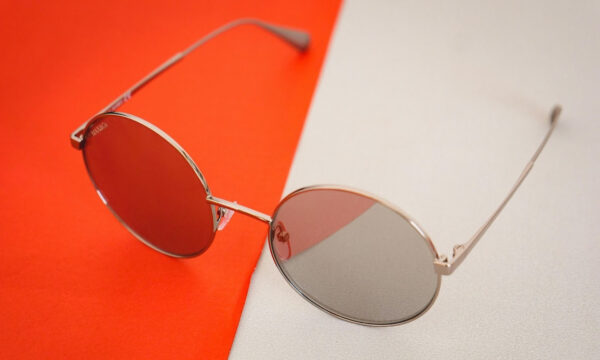
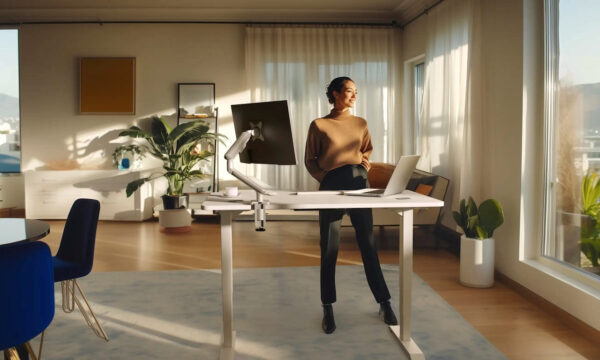
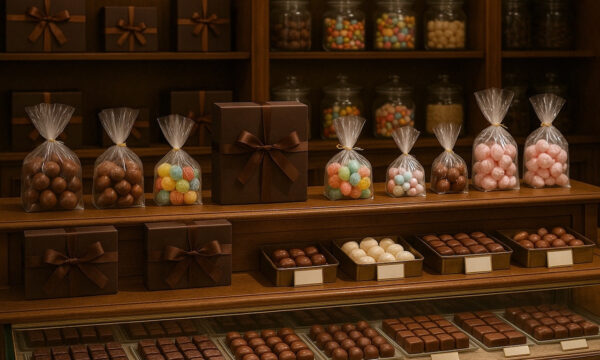
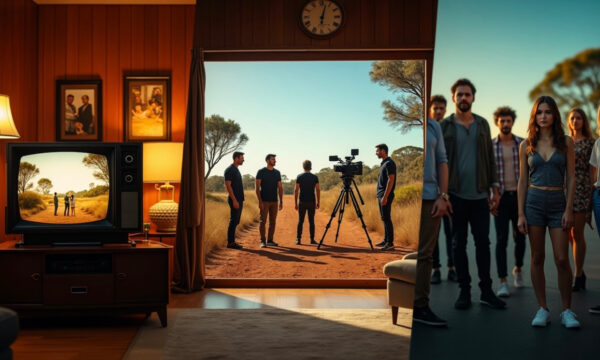
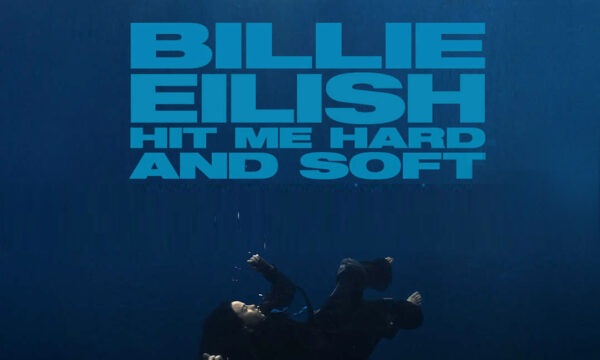
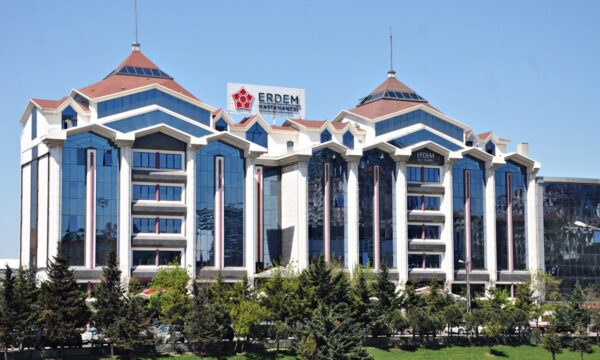

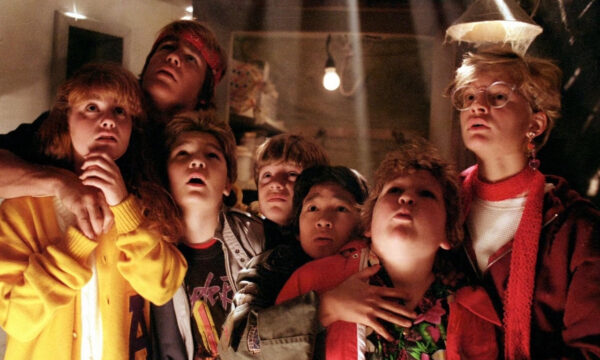














Facebook
Twitter
Instagram
YouTube
RSS